Daily News
Charges Filed Against Judge and Builders in Corruption Case
The State Vigilance and Anti-Corruption Bureau (SV&ACB) in Haryana has filed serious charges against a suspended judge and three well-known builders.
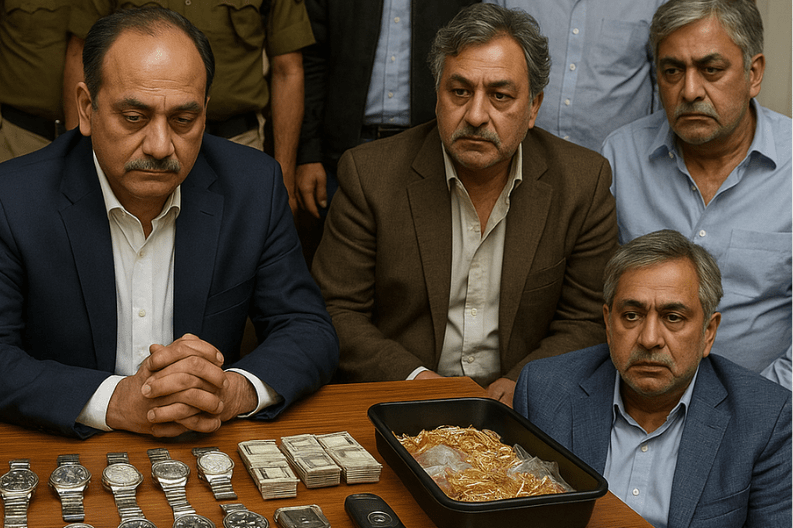
The State Vigilance and Anti-Corruption Bureau (SV&ACB) in Haryana has taken strong action in a major corruption case. Charges Filed Against Judge and Builders in Corruption Case after investigators linked a suspended judge and three real estate tycoons to bribery, financial fraud, and misuse of power. The accused include Judge Sudhir Parmar, once handling key cases for the CBI and ED, and builders Roop Bansal (M3M), Anil Bhalla (Vatika), and Lalit Goyal (IREO).
Investigators seized a massive amount of illegal wealth during raids. They recovered 17 luxury vehicles worth ₹60 crore, jewellery valued at ₹5.75 crore, ₹15 lakh in cash, and a plot bought for ₹1.8 crore but worth ₹4 crore. They also found evidence of bribes ranging between ₹5 crore and ₹7 crore.
The case began after authorities filed an FIR on April 17, 2023. Investigators accused Judge Parmar of demanding money to protect builders from legal action in ongoing ED cases. WhatsApp chats revealed that he asked for ₹5–₹7 crore from M3M owners and received ₹5 crore in the IREO case. After the FIR, authorities suspended Parmar. On June 13, 2023, the ED filed an Enforcement Case Information Report (ECIR) against him, his nephew Ajay Parmar, and the M3M promoter. Raids later uncovered cash, jewellery, vehicles, and crucial documents linked to the bribery network.
The investigation exposed deeper layers of corruption. Ajay Parmar acted as a middleman, gaining money and jobs through his uncle’s influence. He joined M3M with a ₹12 lakh annual salary. This increased to ₹18–₹20 lakh after his uncle became a CBI/ED judge, raising serious concerns about nepotism.
Financial records revealed suspicious transactions. Ajay received ₹40 lakh from R Sai Transport and transferred it to his mother, Pushpa Devi. His brother Paramveer received ₹36 lakh and sent ₹39.45 lakh to their mother. Pushpa later received ₹54 lakh from the same company and used it to buy land in Gurugram’s Vatika India Next project. The company’s owner, Rohit Tomar, claimed the money was a loan, but no agreement or repayment existed. Investigators believe the land price was deliberately undervalued to hide illicit funds.
Evidence also showed close communication between Parmar and Anil Bhalla, who was already facing money laundering charges. In one message, Parmar told Bhalla, “My nephew will call you.” In another, Bhalla asked about cashing cheques, and Parmar advised depositing them within a few days. These messages supported allegations of collusion.
Ajay also entered a real estate deal. He co-purchased agricultural land worth ₹1 crore in Sampka village, Pataudi. Investigators believe M3M promoters tried to protect themselves from a supplementary chargesheet in the IREO case. So, they discovered that ₹400 crore moved from IREO to M3M through a Bhiwani land deal routed via multiple shell companies. This layered transaction made it harder to trace the money.
The findings show how powerful individuals exploit legal loopholes for personal gain. Such actions damage public trust and highlight the urgent need for stricter accountability and stronger ethics in public service. Legal experts believe this case could become a landmark in future corruption investigations involving judges and corporate executives.
The investigation is still ongoing. However, its outcome will shape the future of India’s judicial system, corporate transparency, and public confidence in law enforcement. The public expects swift justice and strict punishment. Charges Filed Against Judge and Builders in Corruption Case stands as a strong reminder that no one is above the law and that accountability must apply to every part of governance and business.
Daily News
Remembering Dr Rajendra Prasad: India’s First President
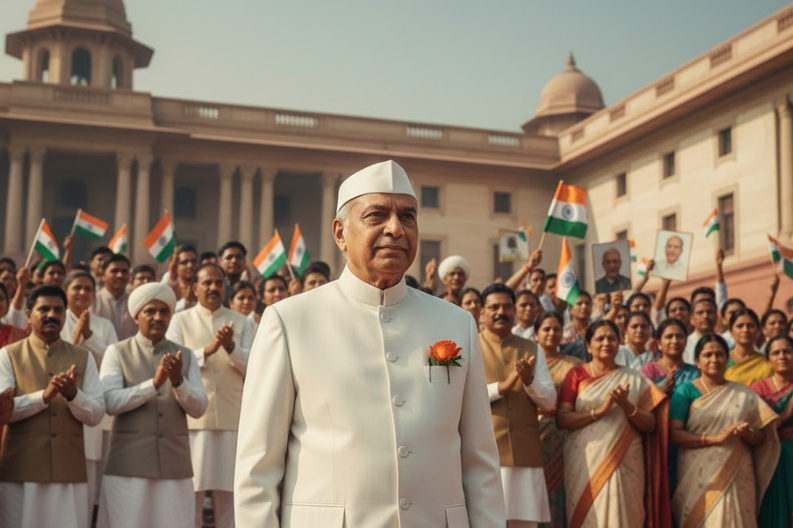
India remembered Dr Rajendra Prasad today on his 141st birth anniversary. The nation celebrated the life of its first President, who shaped India’s early democratic foundations. Moreover, political leaders and citizens across the country paid tribute to his remarkable contributions.
Prime Minister Narendra Modi highlighted Dr Prasad’s journey from freedom fighter to President. Furthermore, he praised the leader’s dignity and dedication throughout his public service. The Prime Minister noted how Dr Prasad served the nation with simplicity and courage.
Tributes to Dr. Rajendra Prasad Ji on his birth anniversary. From being an active participant in India’s freedom struggle, presiding over the Constituent Assembly to becoming our first President, he served our nation with unmatched dignity, dedication and clarity of purpose. His… pic.twitter.com/oeOdtiZOVP
— Narendra Modi (@narendramodi) December 3, 2025
Key Contributions at a Glance
| Role | Significance |
|---|---|
| Freedom Fighter | Active participant in India’s independence movement |
| Constituent Assembly President | Led the drafting of the Indian Constitution |
| First President | Served three terms (1950-1962) |
| Gandhi’s Associate | Worked in Champaran, Non-Cooperation movements |
Born in 1884 in Ziradei, Bihar, Dr Prasad dedicated his life to India’s progress. Additionally, he worked closely with Mahatma Gandhi during the crucial freedom movements. His involvement in the Salt Satyagraha demonstrated his commitment to independence.
Dr Prasad believed in pure methods for achieving goals. Consequently, his leadership style emphasized ethics over authority. He famously said that democracy needs knowledge, while ignorance threatens it. Similarly, he stressed that peace begins with individual responsibility.
The Bihar government announced restoration plans for heritage sites linked to him. Meanwhile, schools organized debates and exhibitions displaying his letters and photographs. These events help younger generations understand his values.
His presidency remains the longest in Indian history, spanning twelve years. During this period, he established standards for ethical governance. Notably, he brought moral clarity to the office at a critical time when India was building its identity.
Historian Dr Nirmala Sinha called his presidency “a benchmark of ethical governance.” She explained that his approach to leadership still inspires citizens today. Indeed, his life teaches important lessons about serving the nation selflessly.
His Timeless Wisdom
Dr Prasad’s quotes continue guiding India’s values:
- Peace must begin with ourselves
- Unity gives strength to the nation
- Citizens must act responsibly
- The Constitution represents life, not just law
- National progress requires continuous effort
Educational institutions held cultural programs honoring his memory. Therefore, students learned about his role in shaping modern India. These activities ensure his legacy reaches new generations.
Dr Rajendra Prasad showed that true leadership comes from humility and service. His vision for India emphasized unity, democracy, and moral values. Today, the nation remembers him as a leader whose contributions continue inspiring millions toward building a stronger, more unified India.
Daily News
Cricket Legend Robin Smith Passes Away at 62

The cricket world mourns the loss of former England batter Robin Smith, who died unexpectedly at his South Perth apartment on December 1, 2025. He was 62 years old. Furthermore, his family announced that the cause of death remains unknown pending investigation.
Smith built a remarkable international career between 1988 and 1996. During this period, he played 62 Tests and scored 4,236 runs at an impressive average of 43.67. Additionally, he earned nine Test centuries throughout his career.
Career Highlights
| Category | Achievement |
|---|---|
| Test Matches | 62 (1988-1996) |
| Test Runs | 4,236 at 43.67 average |
| Test Centuries | 9 (including 3 vs West Indies) |
| ODI Matches | 71 |
| ODI Runs | 2,419 |
| Highest Test Score | 175 vs West Indies |
| Notable ODI Innings | 167 not out vs Australia (1993) |
Born in Durban, South Africa, in 1963, Smith moved to England in 1983. Consequently, he joined Hampshire and became one of their greatest players. Moreover, he spent 17 seasons with the county, accumulating 18,984 first-class runs.
Smith earned recognition as one of England’s finest players against fast bowling. His debut came against the West Indies in 1988, facing legendary bowlers Malcolm Marshall, Curtly Ambrose, and Courtney Walsh. Despite this challenging start, he thrived against pace attacks.
His signature front-foot square cut became one of cricket’s most powerful strokes. Therefore, fans remember him for his fearless approach against hostile bowling. In particular, his performances during England’s 1990 Caribbean tour showcased his courage.
At Edgbaston in 1993, Smith produced an unforgettable innings. He scored 167 not out from 163 balls against Australia in an ODI. Remarkably, this remained England’s highest ODI score for 23 years until Alex Hales surpassed it in 2016.
However, spin bowling posed challenges throughout his career. Specifically, Australia’s Shane Warne troubled him during the 1993 Ashes series. Ironically, Smith and Warne later became close friends, and their relationship influenced Warne’s decision to join Hampshire.
His Legacy in Numbers
- 6,655 total international runs for England
- Part of England’s 1992 World Cup final team
- Hampshire chair called him “the most influential player in Hampshire cricket history”
- Played alongside brother Chris Smith, who also represented England
Smith retired from professional cricket in 2004. Subsequently, he openly discussed his battles with alcoholism and mental health in his 2019 autobiography “The Judge: More Than Just A Game.” Nevertheless, he remained connected to cricket and attended the first Ashes Test in Perth just weeks before his passing.
ECB Chair Richard Thompson praised Smith’s resilience. He noted how Smith faced the world’s quickest bowlers with a defiant smile. Furthermore, Thompson emphasized that Smith entertained fans while making England supporters proud.
Smith leaves behind two children, Harrison and Margaux, and his brother Christopher. His family requested privacy during this difficult time. The cricket community remembers Robin Smith as a brave, charismatic player whose fearless batting style inspired generations of cricketers worldwide.
Daily News
Dortmund vs Leverkusen: Bundesliga Chasers Face Off Twice in Week

The highly anticipated Dortmund vs Leverkusen clash brings two German football giants together twice within days. First, they meet in a Bundesliga encounter, and then they face each other again in the DFB-Pokal round of 16. Moreover, both matches promise intense competition as the teams chase top positions.
Borussia Dortmund currently sits in third place, while Leverkusen is in fourth. Therefore, this chasers’ duel carries significant importance for both clubs. Additionally, Dortmund seeks its first win of the season against a top opponent after drawing with Leipzig and Stuttgart.
Key Match Information
| Detail | Information |
|---|---|
| Competition | Bundesliga & DFB-Pokal |
| Teams | Borussia Dortmund vs Bayer Leverkusen |
| Venue | BayArena (Bundesliga), Signal Iduna Park (Cup) |
| Importance | Third vs Fourth place clash |
| Recent Form | Both teams showing strong performances |
Head coach Niko Kovač faces important lineup decisions. Consequently, he must balance player rotation while maintaining competitive strength. Furthermore, the team recently delivered a convincing 4-0 victory over Villarreal, which boosts their confidence.
Captain Emre Can expects to return to the starting XI after resting. Meanwhile, Julian Ryerson likely replaces Yan Couto on the right side. In addition, the competition remains fierce in attacking positions behind striker Serhou Guirassy.
Squad Updates
- Niklas Süle continues recovering from a toe injury.
- Maximilian Beier underwent a fitness test after experiencing muscle tightness.
- Aaron Anselmino may return to the bench.
- Ramy Bensebaini is available after back problems.
- Felix Nmecha appears secure in central midfield.
Interestingly, this marks the first-ever DFB-Pokal meeting between these Bundesliga heavyweights. Despite playing 210 and 167 cup matches respectively, they had never faced each other in this competition before. Nevertheless, both teams bring impressive cup credentials to the encounter.
Dortmund boasts a strong home record in the DFB-Pokal. Specifically, they lost only one of their last 13 home cup matches. Similarly, coach Niko Kovač has won the DFB-Pokal three times in his career.
However, the statistics reveal contrasting approaches. Dortmund scored just two goals in the cup so far, making them the lowest-scoring round-of-16 team. Conversely, Leverkusen netted eight goals, the highest among remaining teams.
Leverkusen gained momentum from their recent 2-0 victory over Manchester City. Despite losing seven players from last season and experiencing coaching changes, they found their rhythm. Therefore, Kovač acknowledges the challenge ahead.
“Leverkusen have found their rhythm. Their recent games have been very successful,” Kovač stated. “We need to have a great day again.”
The recent Bundesliga clash ended 2-1 in Dortmund’s favor in Leverkusen. Additionally, Dortmund suffered their first home defeat in nine months earlier this season. Subsequently, they seek revenge and momentum from these crucial encounters.
Both teams arrive with minimal injury concerns, which ensures competitive matches. The Dortmund vs Leverkusen double-header will significantly impact Bundesliga standings and cup progression, making this week crucial for both clubs’ seasonal ambitions.
-

 Entertainment2 years ago
Entertainment2 years agoTop 15 Punjabi Models – Male and Female List
-
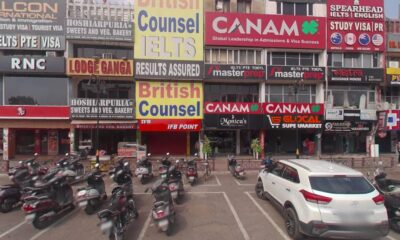
 City Guide3 years ago
City Guide3 years ago3B2 Mohali Market Shops: Discover 44 Hidden Gems
-
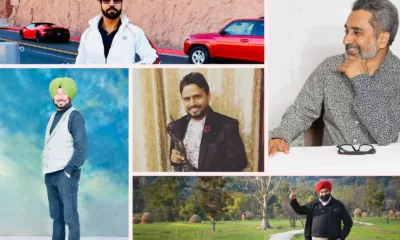
 Entertainment2 years ago
Entertainment2 years agoTop 11 Punjabi Comedians of All Time
-

 Jobs4 years ago
Jobs4 years agoTop 20 IT Companies in Mohali
-
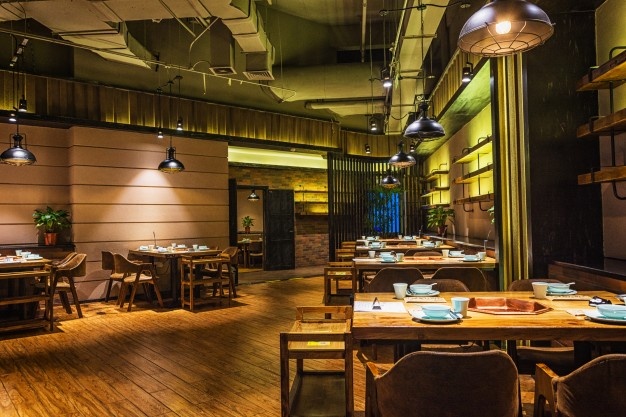
 Food4 years ago
Food4 years ago11 Best Restaurants in Mohali You Must Visit
-

 Property2 years ago
Property2 years agoWho Lives In Homeland Mohali: Punjabi Celebrities, Business People…
-

 Food3 years ago
Food3 years agoTop 15 Cafes in Mohali you must visit
-

 Education2 years ago
Education2 years ago10 Famous Punjabi Writers With A Great Impact On The Literary World
